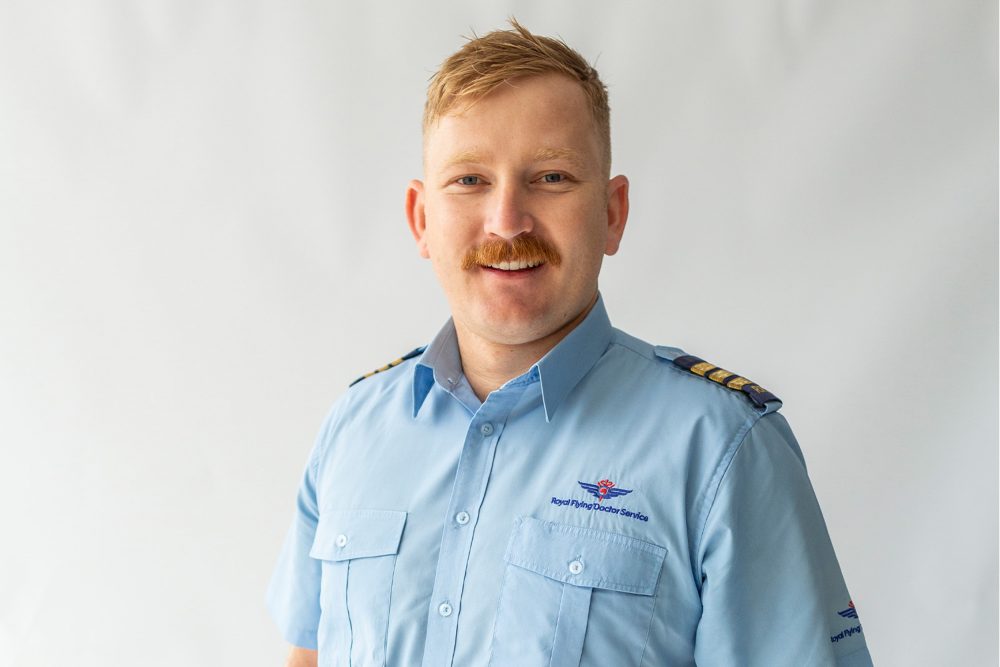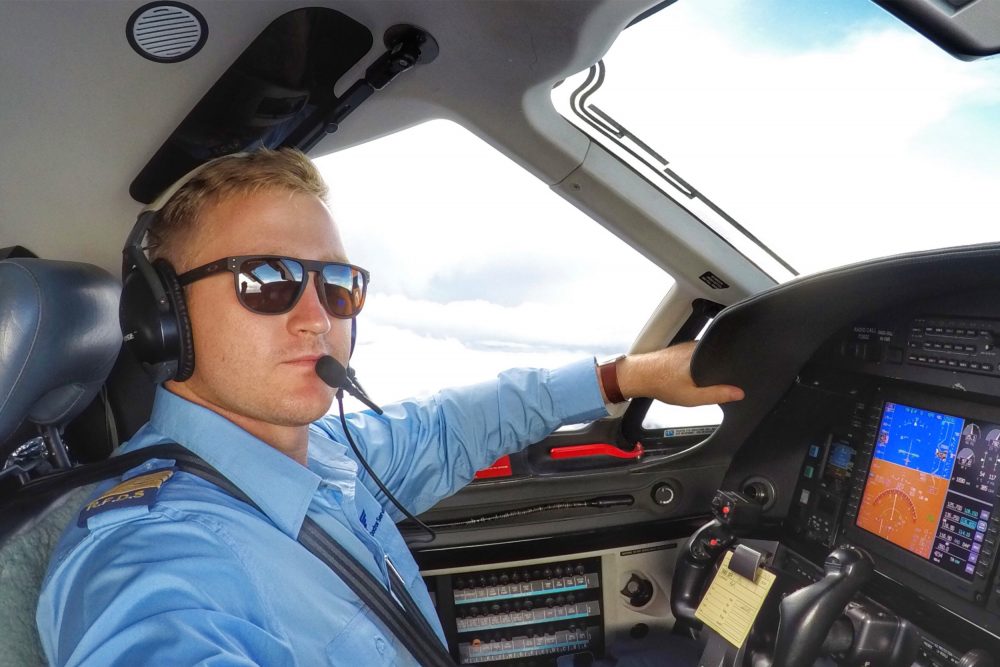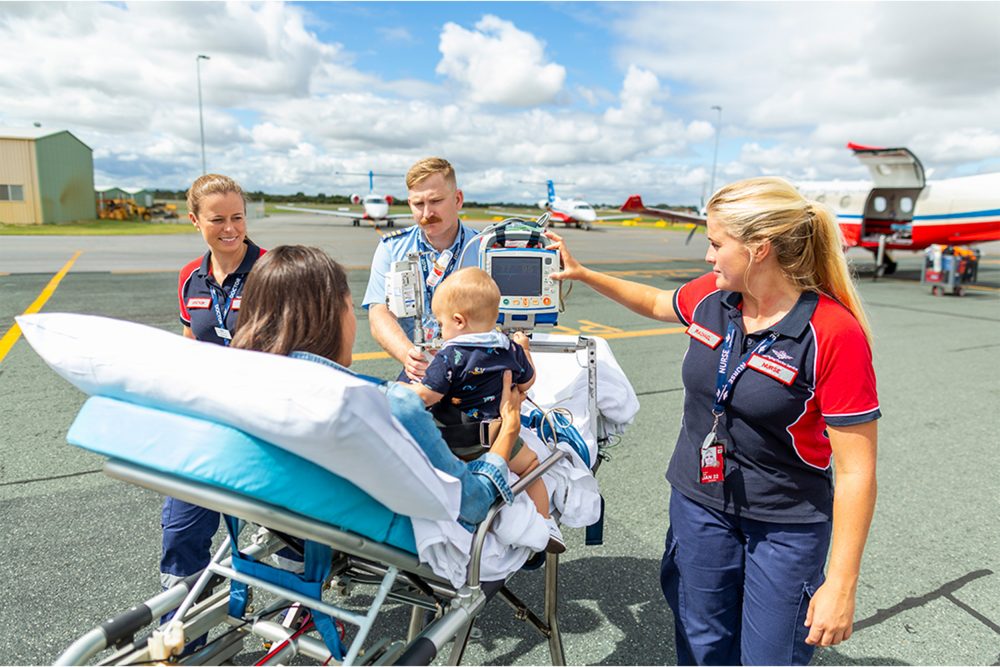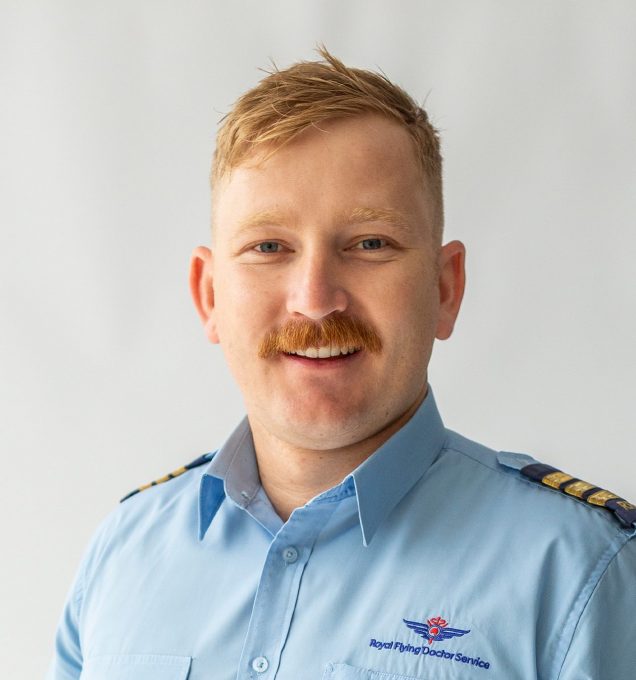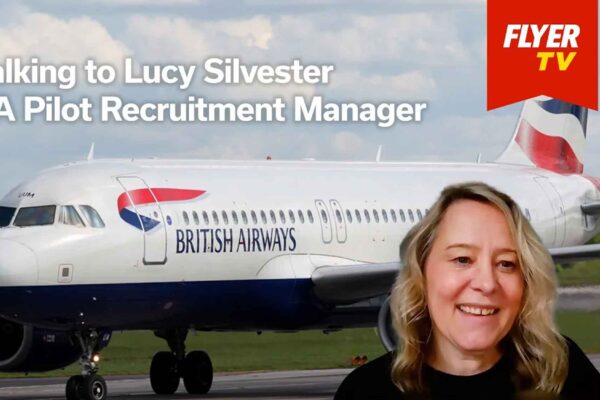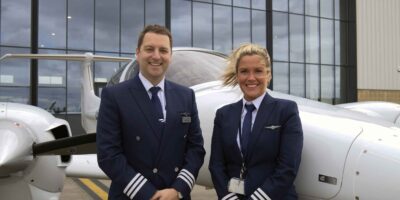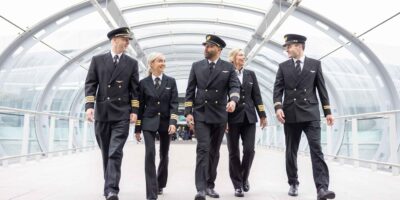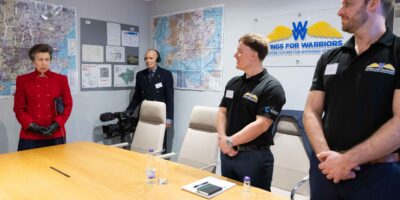What I love most about my job is definitely the unknown aspect, never knowing where or when your next task is. I also really enjoy the variety of airstrips. We fly into 3,000m sealed military bases and international airports, but also into 900m gravel strips.
As an RFDS pilot, you’re operating in a single pilot environment. Therefore you have to be able to adapt to the ever-changing requirements, such as inflight emergencies. Thinking outside the box is needed in order to get to the patient in the most time-efficient manner. It’s more than just flying – I also unload stretchers and liaise with the medical staff. We’re a small team, so good communication skills are required. RFDS makes a huge difference, which makes my work very rewarding. It’s actually hard to call it a job – it’s more of a passion.
What training did you have?
In 2008 I applied for an ATPL cadetship with Sharp Airlines and ended up working for them as a First Officer on the Metroliner for a year. After moving to western Australia in 2010, I transferred miners and transported freight on a single pilot Metroliner. In 2015, I joined the RFDS with a CPL. All company conversion training is conducted in aircraft and apart from flying the PC-12, you also learn about communication with crew and patients.
What’s been your favourite flight?
A training flight when I started with the RFDS called ‘limited flare path’. This sortie, which is done at night, is a blackhole approach, with only six runway lights on the 1,000m strip. It’s to simulate landing on a road, when a patient needs immediate medical attention and there’s no other option to reach them in time.
And your favourite airfield?
Anything short and gravel. As long as the runway is maintained, I love bush airstrips. The western Australian landscape is diverse, with rainforests to the south and red dirt to the north, all within less than an hour’s flight. A lot of the 1,700 strips in our database are in remote communities – at times we’ve to call the airstrip operator or police before landing to clear the runway of animals!
Do you get to fly much outside of work?
No, I don’t. The work roster is busy, so on days off I ride my Harley Davidson or spend time at home with my fiancé and our dogs.
What is your most valuable career advice?
Savour the moments in the air. As pilots, we get caught up in ‘work’ pressures. It’s vital to take a breath when up there; look out the window and remember you have the best office in the world!


